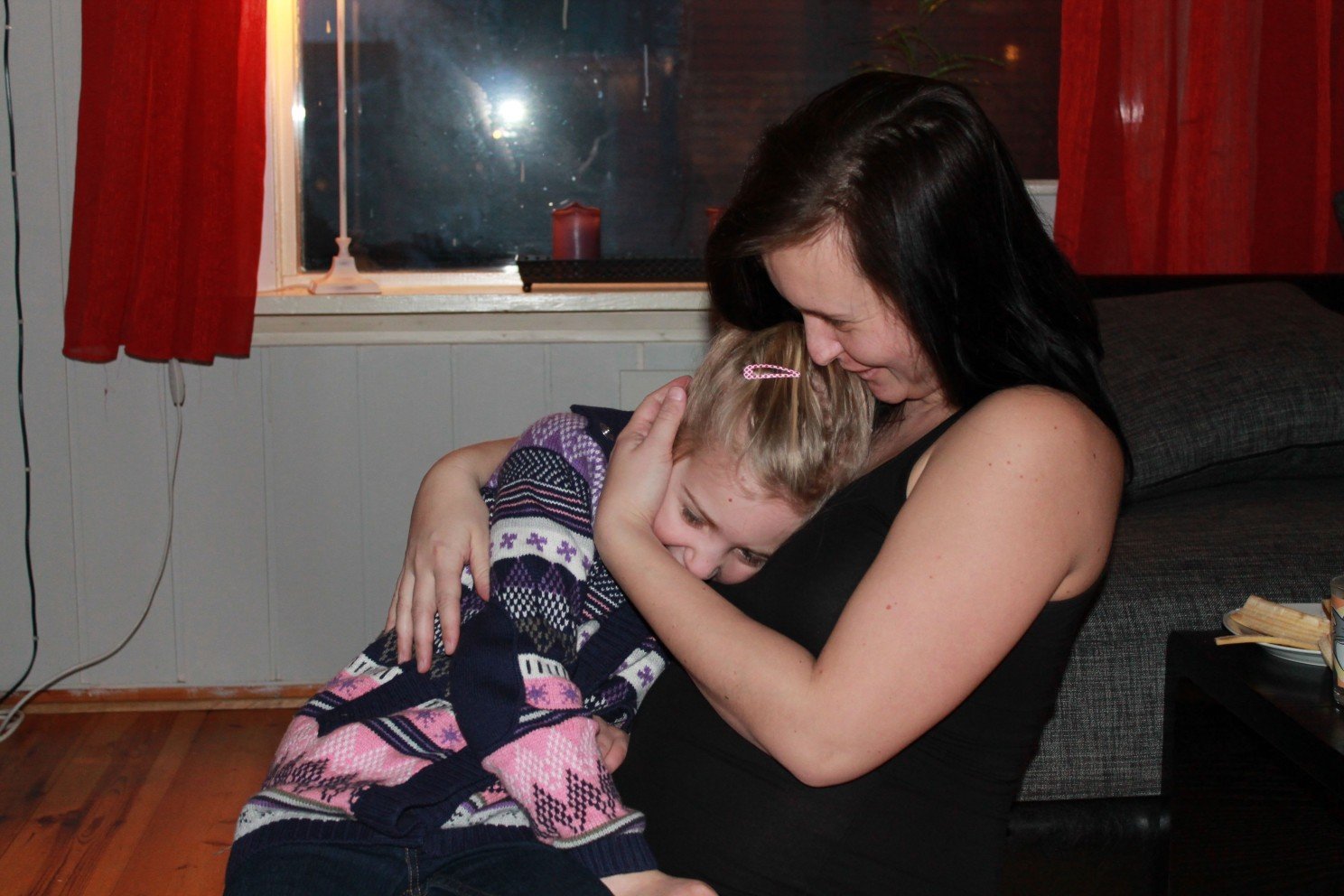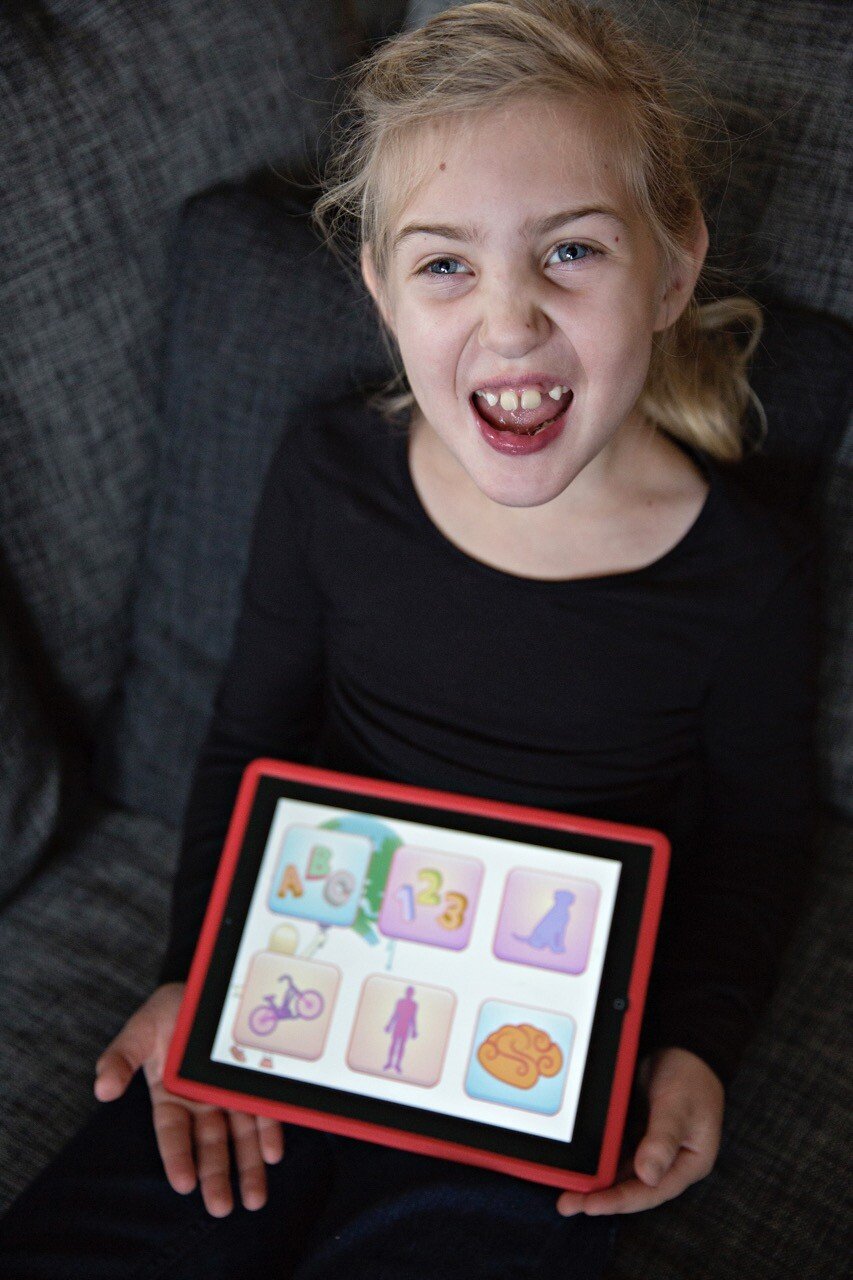MY MUSE
In the winter of 2010, I met my wife, Jeanine. She told me three things about herself; She is not that fond of wearing makeup, she is not housewife material, and she has a daughter with intellectual and cognitive disabilities. I remember thinking she was a natural beauty in my eyes so why would it matter if she used makeup or not. She didn’t need it. I thought to myself that if she at least could make pasta, we could figure something out regarding sharing tasks in the household. When she served me overcooked pasta in one our first dinners, I was contemplating our future together (not really!).
My point is that it never crossed my mind that her daughter, Angelina, was a reason for not entering into a relationship with her. I was smitten, and committed to make this work, and haven’t regretted my decision for a second since. In Jeanine’s defense; 12 years later, she hasn’t overcooked pasta since, and she is much more “housewife material” then she gives herself credit for.
I still remember the first time I met Angelina. I had bought her a gift, a toy car (Bill from the Cars movie) and she loved it. We spent time together playing with the car on the floor and she did her best to communicate with me with her signs and sounds. I remember the overwhelming feeling of needing to protect and love her. It was a feeling I never had felt before except when my own son was born.
In just a couple of days after meeting her I had learned all her signs and was beginning to understand what her different sounds meant. The only words she knew at the time were “Yes”, “No” and “Dad”. She was six years at the time and Jeanine had never heard her own daughter call her “mom” yet.
She had no other forms of communication other than a flip book with illustrations (that she rarely used) and she was using a big desktop computer with a touch screen that never responded as intended to her touch. A few months earlier I had just bought the first-generation iPad and I introduced Angelina to it. She immediately understood how to interact with the iPad´s touch surface, which was significantly more responsive than her desktop computer.
We trained her fine motor skills with some easy puzzle games, and she was highly motivated by the instant feedback of success. We started using the iPad as a tool and motivation for teaching her how to put her sounds together to form new words. We started with practicing saying the “M”-sound. Then the “A”-sound. Then we worked daily on putting those two sounds together to form the “MA”-sound, but even after this we had to train on repeating “MA” twice and form “mamma” (Mom in Norwegian). Angelina worked tirelessly and there were a lot of tears and frustration, but she never gave up. After almost seven years of waiting, Angelina finally said “mamma” for the first time and Jeanine was able to hear her daughter call for her for the very first time. It was a day filled with a lot of joy, laughter, and pride from Angelina. This was the moment we knew – there is a mountain of unrealized potential inside Angelina just waiting to reach the surface and manifest itself. This has been confirmed numerous times during the last 10 years living with Angelina.
We were able to capture Angelina saying "mamma" for the first time on video.
We started looking for good assistive technology applications on the iPad that fit Angelina’s needs, but we were disappointed to see that most applications available at the time were subpar or just downright useless. They had terrible user experience both for Angelina and us as her caregivers; all apps were isolated from each other so there was no way to have information shared cross the applications and the technology used seemed outdated.
In 2012, I took it upon myself to create our own application suited for Angelina’s educational needs at that time. I called it “Angelina’s Verden” (Angelina’s World) and we got a lot of media attention. Both here in Norway but also internationally. We used this media attention to raise money to buy iPads and gift cards which again we donated to Angelina’s school, Jeløy Skole. A school for children with intellectual and developmental disabilities.
In the years after Angelina continued to use iPad and we were using different applications to the best of our possibilities, but we kept experiencing the same problems in 2020 as we did in 2011. Bad user experience, outdated technology, isolated applications etc.
I have taught Angelina to expand her vocabulary and communication skills. I have trained her to use technology and bought every tool that I could find to help her express herself, but the truth is Angelina has taught me more than I can ever teach her. Angelina is almost always happy, and she is always showing all her emotions. She shows unconditional love. She always forgives everyone immediately after there has been a disagreement. She always apologizes when she understands that she has been unfair. She always compliments people around her and make sure that everybody around her is happy. She is 100% selfless. She faces adversity and challenges that the rest of us can’t even imagine living with, but still, she does it with a smile on her face. She has inspired me in so many ways in the last 10 years or so. She has been my muse.
In 2021, Jeanine and I was tired of seeing the same type of outdated and subpar applications being offered to people with special needs. It’s not fair. It’s not fair for the person in need of assistive technology applications not being able to properly function and express themselves. It’s not fair for the family of people with special needs and it’s not fair for the professionals working with people with special needs. We therefore founded Pletly and put all our savings in to disrupt the assistive technology space. We were joined by three other co-founders and a skilled development team that are just as passionate about making a change in this space as we are. Most of them are personally affected by the same problems as we have experienced and have a personal incentive to make the vision for Pletly a reality.
Our co-founder, Frode Kjersem and two of our developers, Adam Rak and Mateusz Ziółkowski, with Angelina.
Together we aim to build an ecosystem of easy to use and modern applications using the latest technology as cloud services, artificial intelligence, and cross applications communication. It should be just as easy to manage the Pletly ecosystem as it is to use other modern applications as Instagram or any other of your favorite applications. From the perspective of the person with special needs it should be effective to communicate, and they should never be in a position where they can’t express themselves.
We created Pletly because there is a grossly underserved market out there that in many ways have been left behind in the last few years of technical evolution. We are here to change that. If we succeed there is an obvious potential for us making money, but that is not our main motivation. We are doing this because it’s the right thing to do. We are doing this because this is what Angelina would have done.



